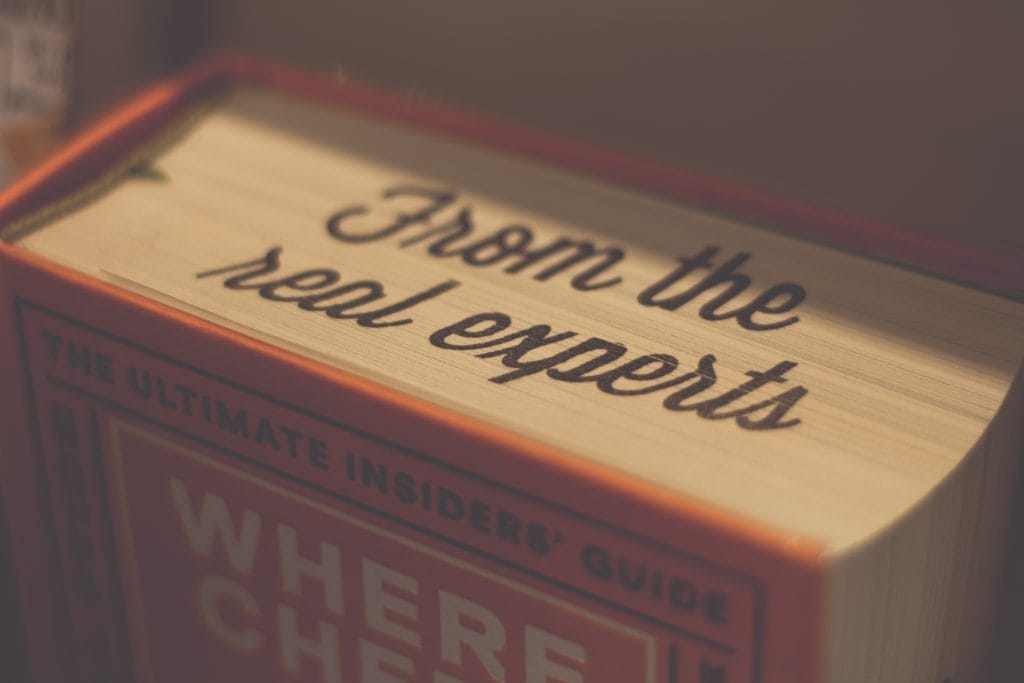I was 21. I just graduated from MBO college, it was night and I was strolling around town with a couple of friends. We just celebrated our graduation and did not want to go home. After a few hours, we got lost and arrived at this big haunted mansion. We saw a sleek figure standing at the entrance. He was looking directly at us, and asked: “Would you like a tour?”, inviting us in. For a second we looked at each other and then we succumbed to our curiosity, following the man into the mansion. With no idea what could happen next.
Throughout my life, I have done several stupid things like the example above. And I knew these were not my brightest moments, but my curiosity simply took over. I wanted to explore or discover something (and I also love to get a good story out of it).
But whether you love taking risks and doing stupid things, or you prefer to dive into books and study in a safe zone, we all have the same internal drive to learn, to grow and to become the best version of ourselves. This is called ‘mastery’ and it is the subject of this blog post.
Mastery or Competence
The term ‘Mastery’ for motivation was coined by Dan Pink in his book Drive. However, the original theory of Intrinsic Motivation (Self Determination Theory) used a different word: competence. Both words more or less mean the same thing, however:
- Mastery focuses on being the best at something.
- Competence focuses on being effective in your environment.
The big distinction here is that competence specifies the environment, stating that learning is only motivational if your new skills are relevant in your day-to-day environment.
Example: when I give a presentation about cooking noodles at my IT client, I can expect a low turnout. But if I talk about how cooking noodles have helped me understand software code, I can expect a much higher turnout. People will be motivated because they think they can learn something relevant to their job.

Photo by Rita Morais on Unsplash
Organizing a motivational environment based on mastery
The most important ingredient for a motivational environment, based on mastery, is to create a platform for people to learn. Important is to have participants reserve an X amount of time to gather at location Y with the sole purpose of gaining and sharing knowledge. The most effective way is to schedule a recurring moment where people can share knowledge. Some examples of platforms are:
- Innovation Days. One day every 6 weeks, on which employees decide what they work on. As long as they present their newly gained knowledge at the end of the day.
- Lunch Sessions. Having presentations and brainstorms during lunch. In advance, participants can vote or share their favorite subjects, or movies that they want to broadcast during the lunch session. You could play TED videos for example.
- Recently I heard about the Morning Study. In which you reserve one hour during each morning (daily from 10 till 11 for example), during which team members have time to read books about their field of expertise, watch TED videos, or debate new practices of work.
What can you do yourself?
Every individual can make a difference. With these simple tricks you can start to create a motivational environment based on mastery, without the need to organize entire platforms:
- Ask for and give feedback. Feedback is the primary measurement to discover if what you have learned is relevant in your environment. By giving feedback, you motivate someone to keep/stop behaving in a certain manner. And by receiving feedback, you will discover if what you have learned can contribute to your environment.
- Try and fail. Experimenting (and making mistakes) is the best way to grow and to learn new things. If you only know the fastest way to the bus stop, you will have little understanding of the area. Perhaps you are even missing out on a spectacular view along the way. Try different approaches to learn new things and to truly understand how things work.
So whatever your role in within your company, you can help to create a motivational environment, based on mastery. Just give and ask for feedback, and keep on experimenting.
And as for the haunted mansion… our guide was playing pranks on us the whole time to scare us off. But we managed to stay with him until the end of the tour, and then we even watched a nice Phil Collins DVD together. The mansion was beautiful and we got some nice history lessons about the building.




